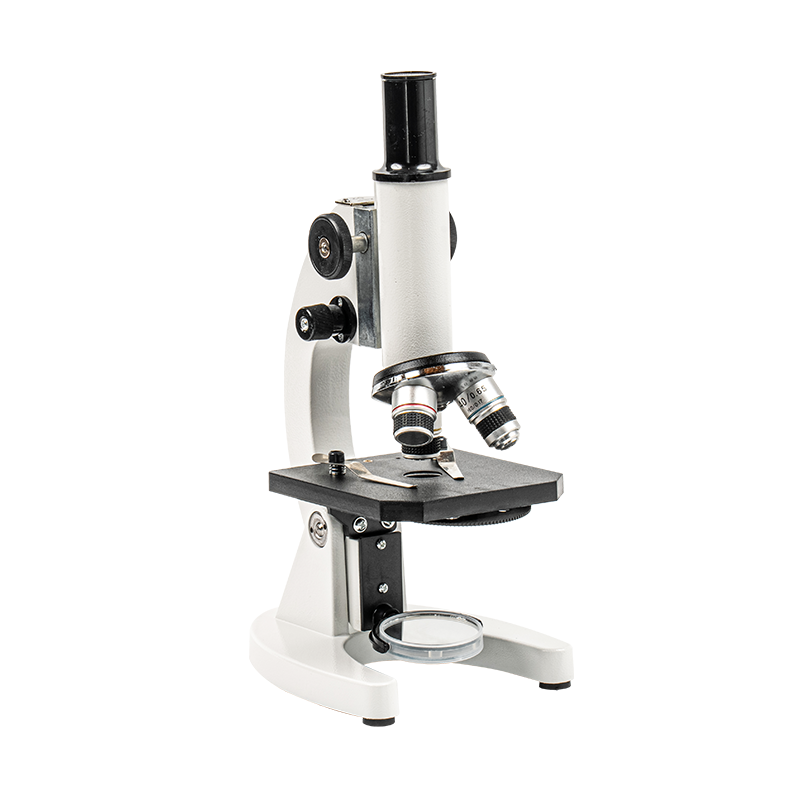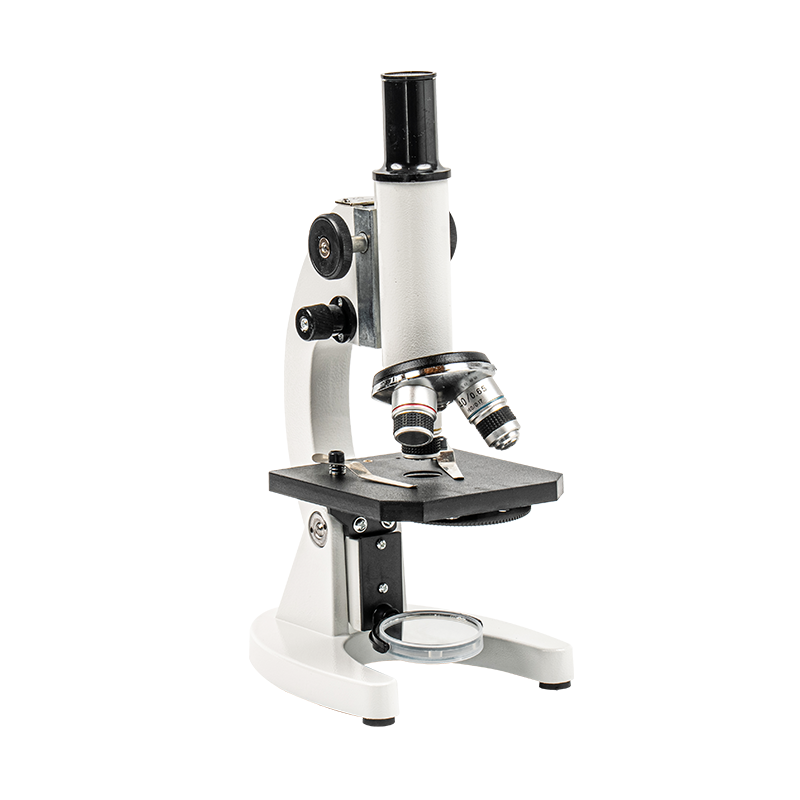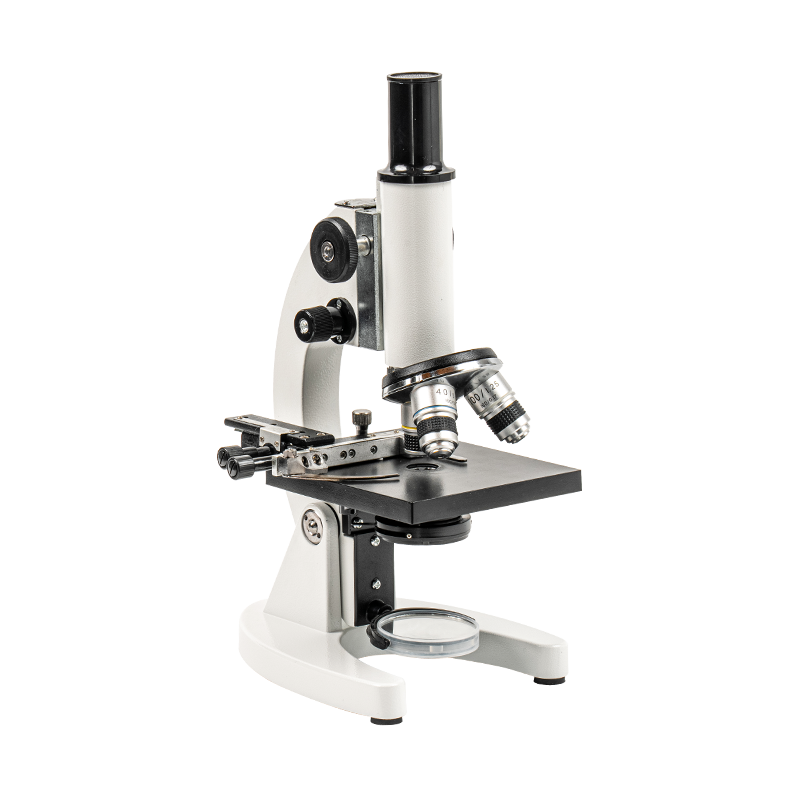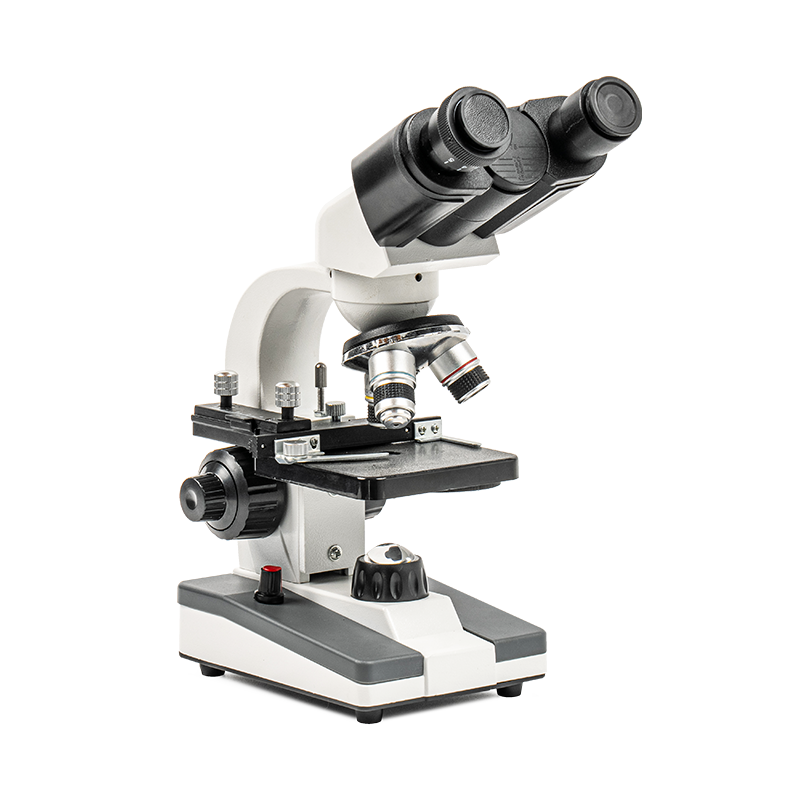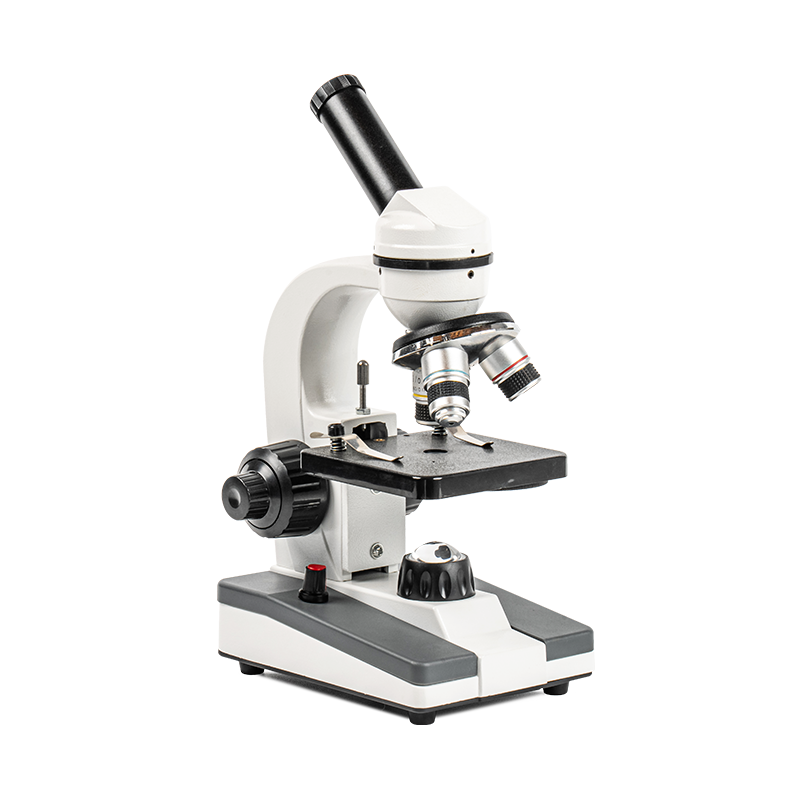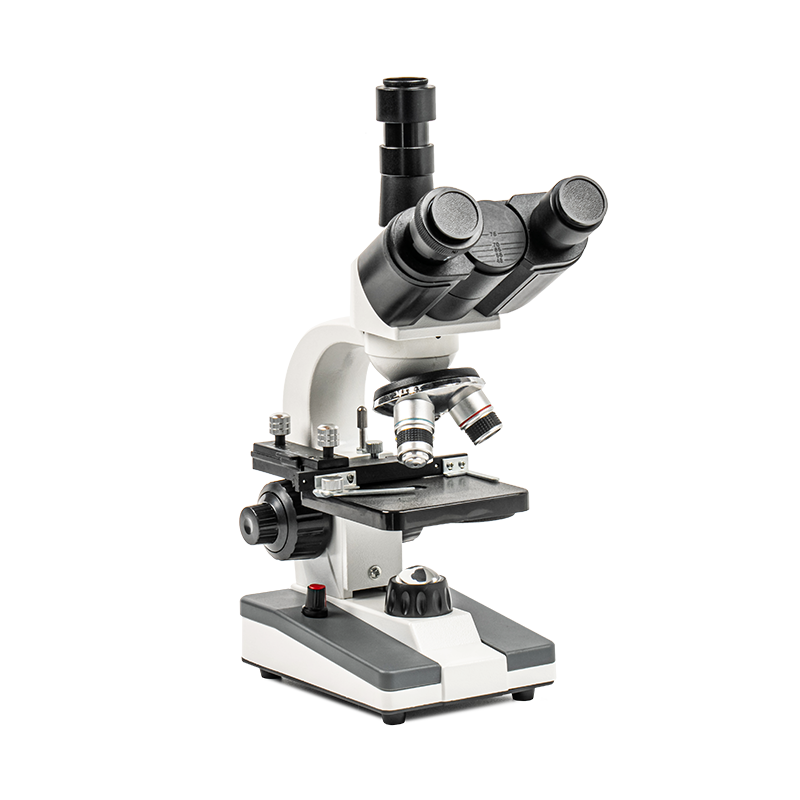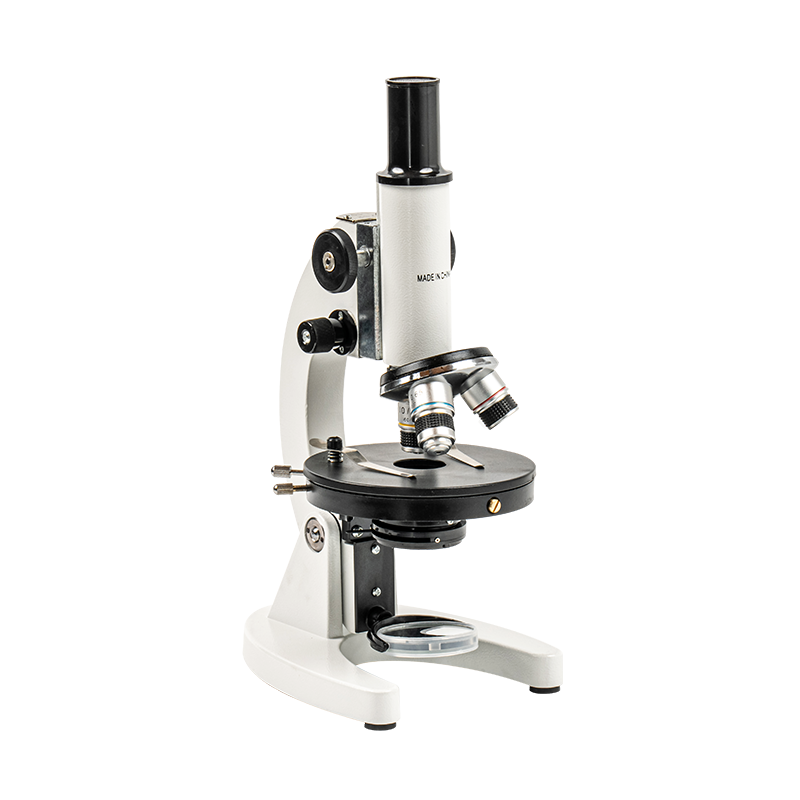With STEM (Science, Technology, Engineering, and Mathematics) education gaining increasing prominence in modern education, many parents and educators are focusing on how to spark children's interest in science. As a fundamental scientific tool, the microscope not only helps children understand basic scientific principles like biology and physics, but also sparks their curiosity about the microscopic world. Using a student microscope for science experiments at home is a fun and educational way to broaden children's horizons and improve their hands-on skills.
Content
Choosing and Preparing a Student Microscope
Before beginning any experiment, it's crucial to select the right student microscope. A microscope suitable for children needs a certain magnification; typically, a microscope between 40x and 400x will meet many experimental needs. Additionally, the microscope's light source and stability are key considerations. For children, a microscope needs to be both safe and easy to operate, so choosing a student microscope that meets these requirements is the first step to a successful science experiment.
Mastering Basic Microscope Operation Skills
Before conducting science experiments at home, children should first master some basic microscope operation skills. These skills will not only help children observe more effectively but also ensure the experiment proceeds smoothly.
1. How to Place a Sample: Teaching children to properly place a sample is the first step in using a microscope. Ensure the sample is placed flat on the slide and avoid air bubbles that could affect observation. For liquid samples, place a drop of water on the slide before placing the sample; for solid objects, place the sample directly on the slide.
2. Focus Adjustment: Adjusting the focus of a microscope is crucial for observation. Children should first use the coarse focus knob to find a rough image, then use the fine focus knob to adjust the focus for a clearer image.
3. Light Source Adjustment: Adjusting the brightness of the microscope light source is also crucial. Children should choose the appropriate light source (transmitted light or reflected light) based on the type of sample and adjust the brightness for optimal observation.
Once these basic operations are mastered, children will be better prepared to enter the world of microscopic experiments and conduct more in-depth explorations.
Fun Science Experiments at Home
Using a microscope, children can enter a whole new microscopic world and observe details invisible to the naked eye. Conducting microscope experiments at home not only cultivates children's interest in science but also helps them master scientific inquiry methods through practical application. Here are some fun microscope experiments suitable for children to do at home:
Observing Microorganisms in Water
Water is the cradle of life, and the microbial world within it is full of wonder and mystery. Parents can encourage children to collect water samples from various water sources around the home (such as pond water, rainwater, tap water, etc.) and observe the microorganisms within them under a microscope. This experiment not only allows children to learn about basic microorganisms but also helps them understand fundamental concepts of ecology.
Steps: Use a dropper to collect a water sample and place the drop on a glass slide. Adjust the microscope's focus and first use a low-magnification objective lens to locate the microorganisms in the water sample, then use a high-magnification objective lens to observe their morphology. Encourage children to record the different microorganisms they observe and present them in a chart.
Scientific Implications: Through this experiment, children can gain a preliminary understanding of the basic characteristics of microorganisms, such as bacteria and single-celled organisms. Spark their interest in microscopic life forms and inspire them to think about how to protect water resources.
Observing the Structure of Plant Cells
Plant cells are one of the most common subjects observed in microscopy experiments. By observing plant cells, children can visually see cellular structures such as the cell wall, chloroplasts, and nucleus, helping them better understand the mechanisms of plant growth.
Experimental Steps: Select a fresh plant leaf, tear off a small piece, and place it on a slide. Add an appropriate amount of water and gently cover with a coverslip, ensuring there are no bubbles. Use a low-magnification objective lens for initial observation, then switch to a high-magnification objective lens to closely examine structures such as the cell wall and chloroplasts.
Scientific Implications: This experiment helps children understand how plants synthesize nutrients through photosynthesis and provides a foundation for studying botany and biology.
Observing the Microscopic Structure of Insects
Insects are one of children's favorite subjects to observe, as their body structures are detailed and complex. By observing insect wings, legs, and antennae through a microscope, children can better understand their adaptive characteristics.
Experimental Procedure: Select a small insect (such as an ant, butterfly, or fly), carefully grasp it with tweezers, and place it on a glass slide. Adjust the microscope's focus and use a low-magnification objective lens to locate the insect's general outline. Gradually switch to a high-magnification objective lens to observe details such as the structure of its wings and the distribution of its antennae.
Scientific Implications: Through this experiment, children can visually observe the exoskeleton structure of insects and understand how they adapt to their environments.
Observing the Microscopic World of Everyday Objects
The microscopic structure of everyday objects such as paper, cloth, and sand is also very interesting. Using a microscope, children can discover many details that are usually invisible, helping them understand the structure and properties of materials.
Experimental Procedure: Select some everyday objects, such as paper, cloth, or sand, cut off a small piece, and place it on a glass slide. Observe the details of these objects under the microscope and explore their microscopic structure. For example, the interwoven structure of paper fibers, the weave of cloth, or the morphology of sand grains.
Scientific Inspiration: This experiment helps children understand the basic principles of materials science and inspires them to explore the diversity and applications of materials.
Observing the Cell Structure of Fruits or Vegetables
The cell structure of fruits and vegetables is also very interesting. Parents can guide children to select some common fruits or vegetables, such as apples, carrots, and cucumbers, for microscopic observation.
Experimental Steps: Take a piece of fruit or vegetable, cut off a small piece, and place it on a glass slide. Add an appropriate amount of water and gently place a coverslip. Using a microscope, children can observe the cell wall, nucleus, and other cellular structures in the fruit or vegetable.
Scientific Inspiration: This experiment not only helps children understand the basic structure of plant cells but also allows them to appreciate the important role cells play in plants.
Inspiring Children's Spirit of Scientific Inquiry
Through these interesting microscopy experiments, children not only master basic scientific observation skills but also cultivate a spirit of scientific inquiry. During these microscopy experiments, children learn how to ask questions, design experiments, collect data, and analyze them. These processes not only help children understand scientific principles but also strengthen their hands-on skills, creativity, and problem-solving abilities.
By conducting these experiments with children, parents and teachers can strengthen parent-child relationships and stimulate children's interest in science. Through experiments, children can gradually develop an attitude of exploring the unknown and seeking knowledge and truth, laying a solid foundation for future learning and growth.

 English
English Español
Español عربى
عربى 中文简体
中文简体